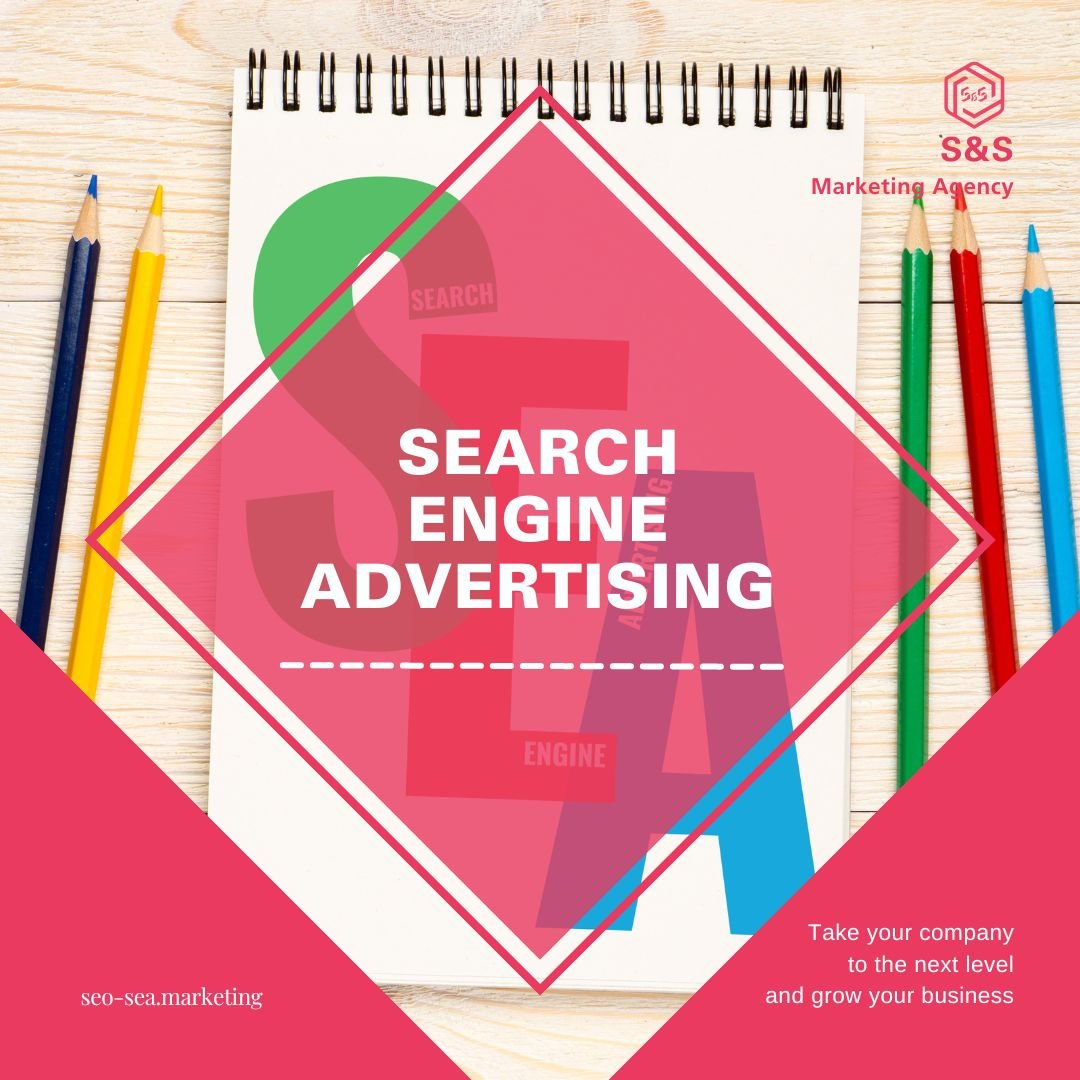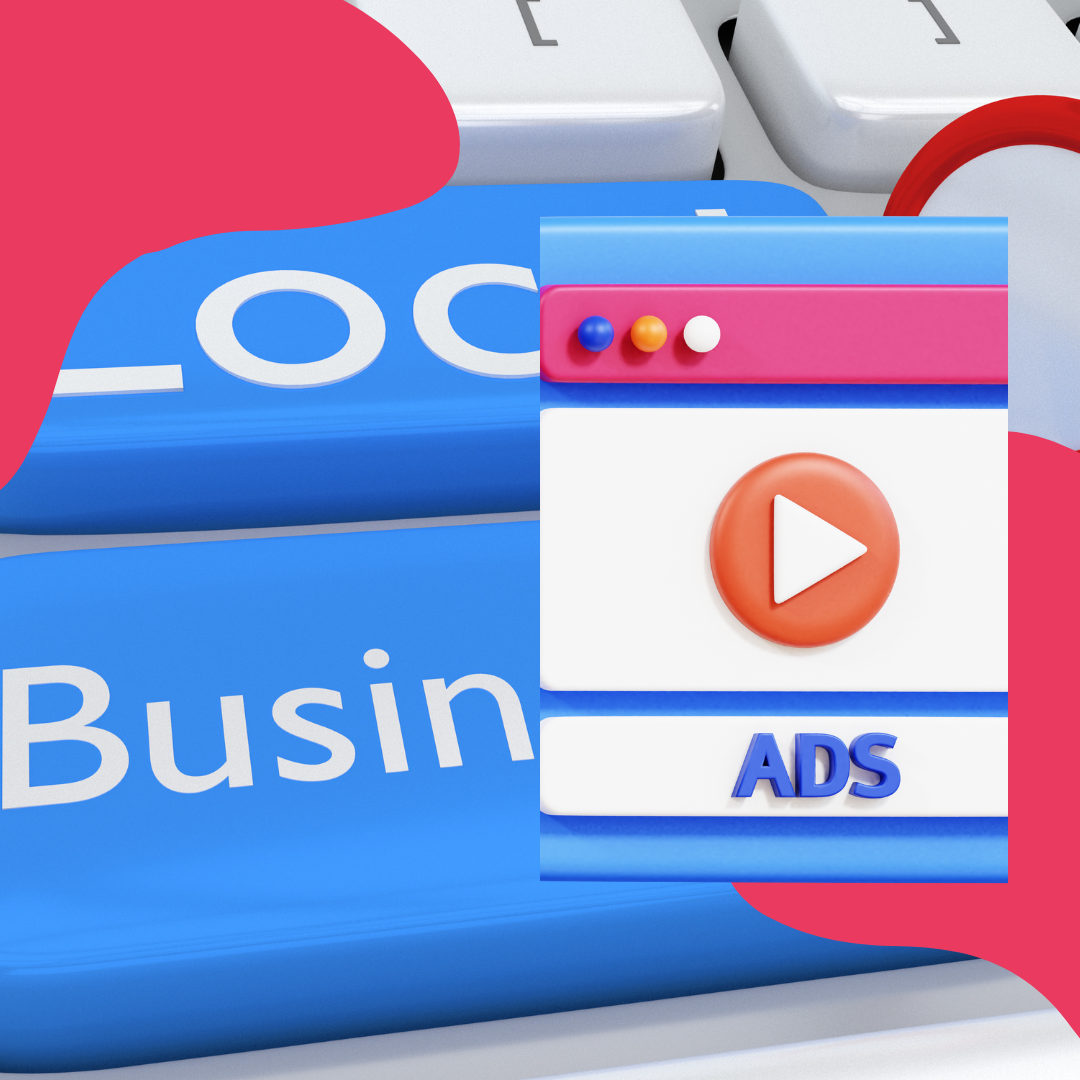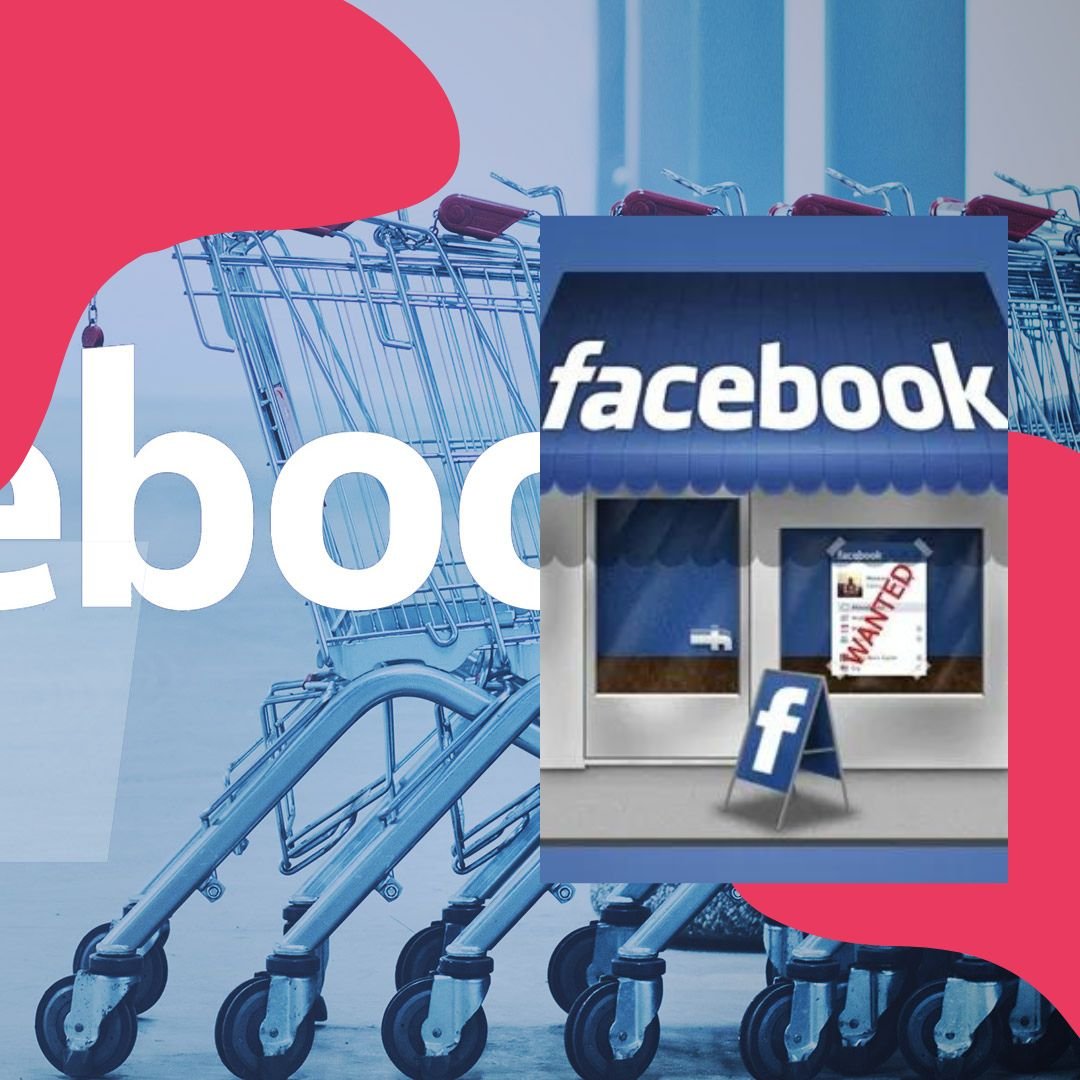
SEARCH ENGINE ADVERTISING (SEA) Meaning.
Search engine advertising (SEA) is a form of online advertising where advertisers bid on specific keywords or phrases to display their ads on search engine results pages (SERPs). This type of advertising is commonly known as pay-per-click (PPC) advertising because advertisers only pay when a user clicks on their ad.
In a typical ADs campaign, advertisers create ads that are displayed when a user searches for a particular keyword or phrase. The ad will be displayed at the top or bottom of the search results page, and the advertiser will only be charged if the user clicks on the ad.
The cost of each click is determined by an auction process, where advertisers bid on the keywords they want to target.
The success of an ADs campaign is measured by the return on investment (ROI), which is the ratio of the revenue generated by the ads to the cost of the campaign. To optimize the ROI, advertisers can use various targeting options, such as geographic location, time of day, and device type.
Overall, SEA is an effective way for advertisers to reach their target audience and generate leads and sales. However, it requires careful planning and management to ensure that the campaigns are cost-effective and produce a positive ROI.
SEA Example.
A common example of search engine advertising can be seen on Google's search engine results pages (SERPs). For instance, let's say a user searches for "best marketing agencies" on Google. The search engine results page will display a mix of organic search results and paid ads.
The paid ads will typically be displayed at the top of the page or at the bottom, and they will be labeled as "Ad" or "Sponsored". These ads are placed there by advertisers who have bid on specific keywords or phrases, such as "marketing agency" or "best marketing agency in...".
When a user clicks on one of these ads, they will be directed to the advertiser's website or landing page. The advertiser will then be charged a fee for each click on their ad, which is based on the bidding price they set for the keyword or phrase.
Overall, search engine advertising provides a way for businesses to reach their target audience through relevant and targeted ads. It is a cost-effective marketing strategy that can help drive traffic, generate leads, and increase sales.

5 Advantages of Using ADs as Part of a Digital Marketing Strategy.

1. Targeted Advertising: ADs allows businesses to target specific keywords and phrases that are relevant to their products or services. This means that ads are only displayed to users who are actively searching for those keywords, making it more likely that they will be interested in what the business has to offer.
2. Cost-effective: ADs is a pay-per-click (PPC) advertising model, meaning that advertisers only pay when a user clicks on their ad. This makes it a cost-effective way to advertise, as businesses only pay for the traffic they receive.
3. Measurable Results: ADs campaigns can be tracked and measured using various analytics tools, allowing businesses to see how their ads are performing in real-time. This provides valuable insights that can be used to optimize campaigns for better performance.
4. Increased Brand Awareness: ADs can help businesses increase their brand visibility by placing ads at the top of search engine results pages. This can increase brand recognition and credibility, and help businesses stand out from competitors.
5. Flexibility: ADs campaigns can be easily customized and adjusted to target specific audiences, geographic locations, and devices. This allows businesses to tailor their campaigns to reach their ideal customers, and make changes quickly to adapt to changing market conditions.
Some Disadvantages of Making ADs to Consider.

Competition: Depending on the industry and the keywords being targeted, there can be a lot of competition for ad space on search engine results pages. This can lead to higher costs per click and a more competitive advertising environment.
Ad Blindness: Some users may ignore ads on search engine results pages, leading to a lower click-through rate and potentially lower returns on investment.
Cost: While ADs can be a cost-effective advertising strategy, costs can quickly add up if the bidding price for keywords is high, or if the campaign is not optimized effectively.
Ad Fraud: There is a risk of click fraud, where competitors or bots click on ads to drive up costs for the advertiser. This can result in wasted ad spend and skewed campaign performance data.
Limited Control: Advertisers have limited control over how their ads are displayed on search engine results pages. Factors such as ad placement, ad format, and ad targeting are controlled by the search engine algorithms.
Dependence on Search Engines: ADs relies on search engines like Google or Bing to deliver ads to users. Changes in search engine algorithms or policies can impact the effectiveness of ADs campaigns.
Overall, while ADs can be an effective advertising strategy, it's important for businesses to weigh the potential drawbacks alongside the benefits before deciding to invest in it.
ADs Strategy.

Developing a successful search engine advertising strategy requires careful planning and execution. Here are some key steps to consider when creating an ADs strategy:
Define Campaign Goals: Clearly define the goals and objectives of the ADs campaign, such as increasing website traffic, generating leads, or driving sales. This will help guide the overall strategy and measure the success of the campaign.
Keyword Research: Conduct thorough keyword research to identify relevant and effective keywords to target. Use tools like Google Ads Keyword Planner or SEMrush to identify high-volume, low-competition keywords that align with campaign goals.
Ad Creation: Create compelling and relevant ads that speak to the target audience and align with the campaign goals. Use attention-grabbing headlines, clear call-to-actions, and relevant landing pages to drive conversions.
Targeting Options: Use targeting options such as geographic location, device type, and time of day to reach the most relevant audience. This can help maximize the impact of the campaign while keeping costs down.
Bid Management: Use bid management tools to monitor and adjust keyword bids in real-time to achieve the desired results while staying within budget.
Ad Testing: Run A/B tests on different ad variations to identify the most effective ad copy, images, and landing pages. This can help optimize the campaign for maximum performance.
Campaign Monitoring: Continuously monitor the performance of the campaign using analytics tools like Google Analytics or Google Ads. Use this data to adjust and optimize the campaign as needed.
Google ADs.

Search engine advertising on Google involves using Google Ads, a pay-per-click advertising platform, to display ads on Google search engine results pages. Here are some key features of ADs on Google:
Keyword Targeting: Google Ads allows businesses to target specific keywords and phrases that are relevant to their products or services. Ads are displayed to users who are actively searching for those keywords, making it more likely that they will be interested in what the business has to offer.
Ad Formats: Google Ads offers a variety of ad formats, including text ads, display ads, shopping ads, and video ads. This allows businesses to choose the format that best suits their advertising goals and target audience.
Bidding System: Google Ads uses a bidding system, where advertisers bid on keywords to determine the placement of their ads on search engine results pages. Advertisers can set a maximum bid and budget to control costs.
Targeting Options: Google Ads offers various targeting options, including geographic location, device type, and time of day. This allows businesses to reach their ideal customers at the right time and place.
Ad Testing: Google Ads allows advertisers to run A/B tests on different ad variations to identify the most effective ad copy, images, and landing pages. This can help optimize campaigns for maximum performance.
Analytics: Google Ads provides robust analytics tools that allow businesses to track and measure the performance of their campaigns. This data can be used to make informed decisions about how to optimize the campaign for better results.
ADs Tools.

There are several search engine advertising tools available to help businesses create and optimize their campaigns. Here are some of the most popular tools:
Google Ads: Google Ads is the most popular ADs tool, offering a range of features to help businesses create, manage, and optimize their campaigns.
Bing Ads: Bing Ads is another popular ADs tool, providing businesses with access to the Bing search engine and its associated search network.
SEMrush: SEMrush is a comprehensive SEO and SEM tool that allows businesses to conduct keyword research, track rankings, and monitor competitors.
SpyFu: SpyFu is a competitive analysis tool that allows businesses to see what keywords their competitors are bidding on and how much they are spending.
Ahrefs: Ahrefs is another comprehensive SEO and SEM tool that allows businesses to conduct keyword research, track rankings, and monitor backlinks.
AdEspresso: AdEspresso is a tool specifically designed for Facebook and Instagram advertising, but it also offers features for Google Ads and other platforms.
WordStream: WordStream is an all-in-one SEM tool that offers features such as keyword research, ad creation, and campaign management.
These tools can help businesses to conduct keyword research, create and manage ads, track performance, and optimize campaigns for better results.






